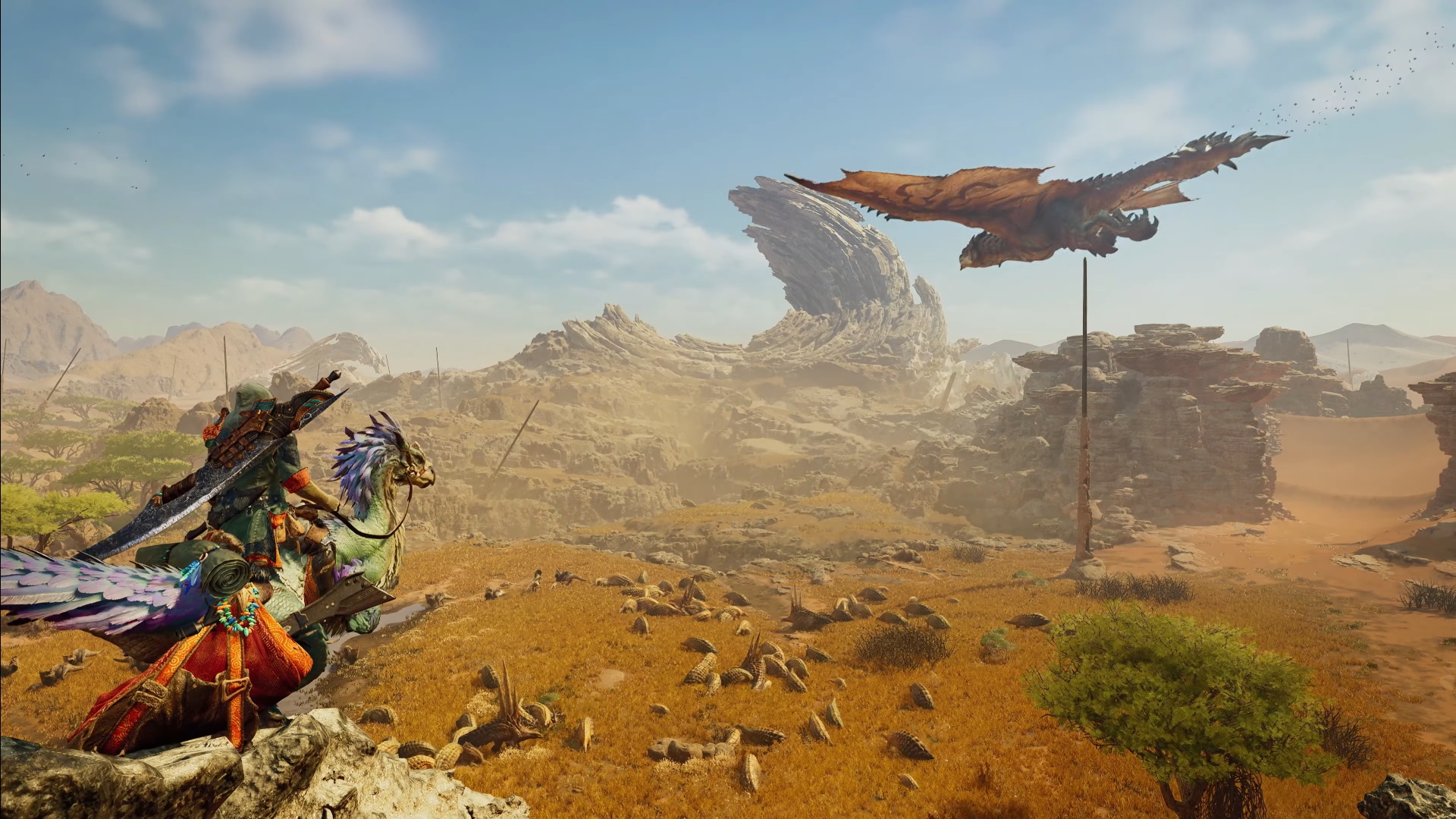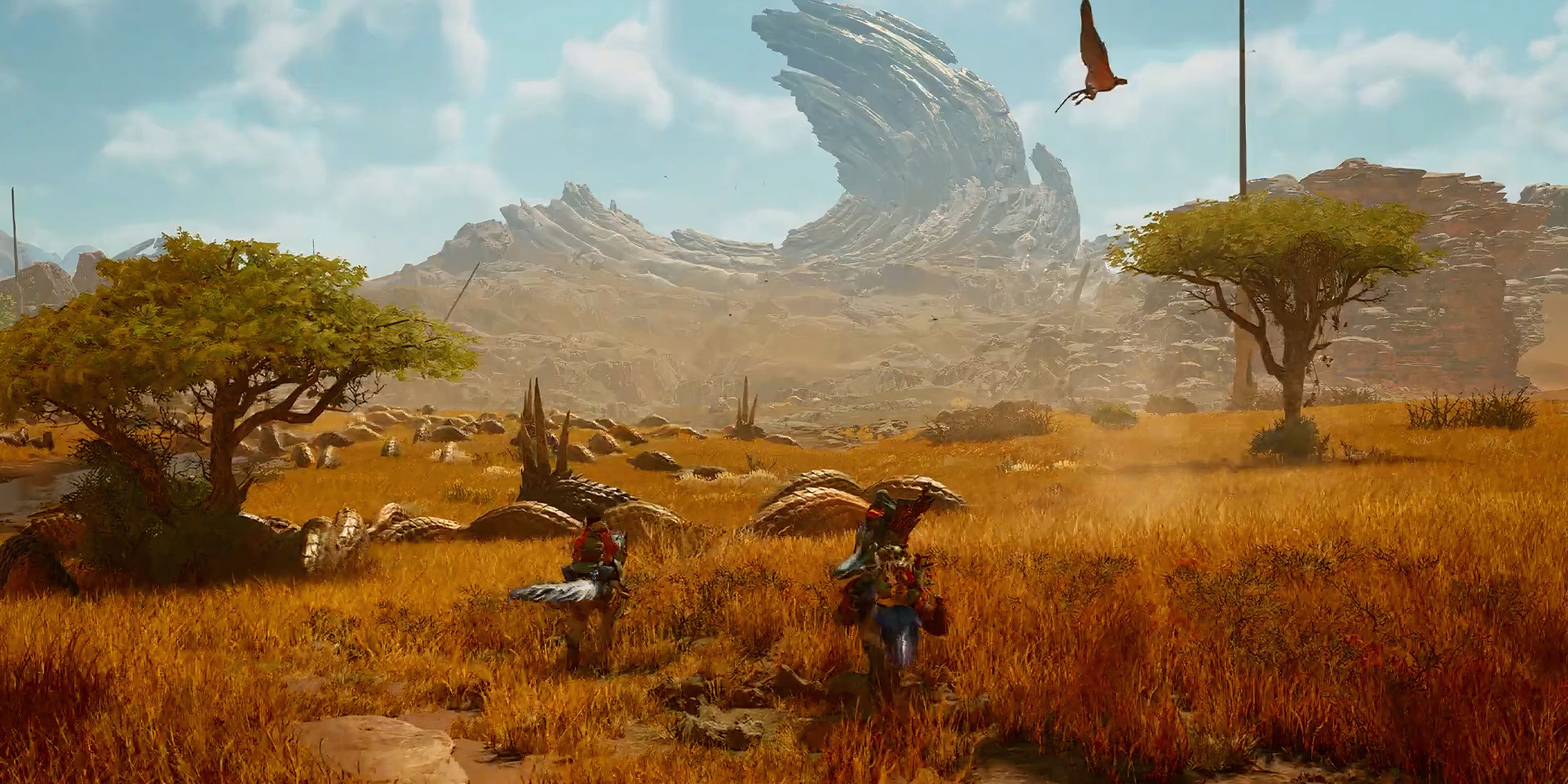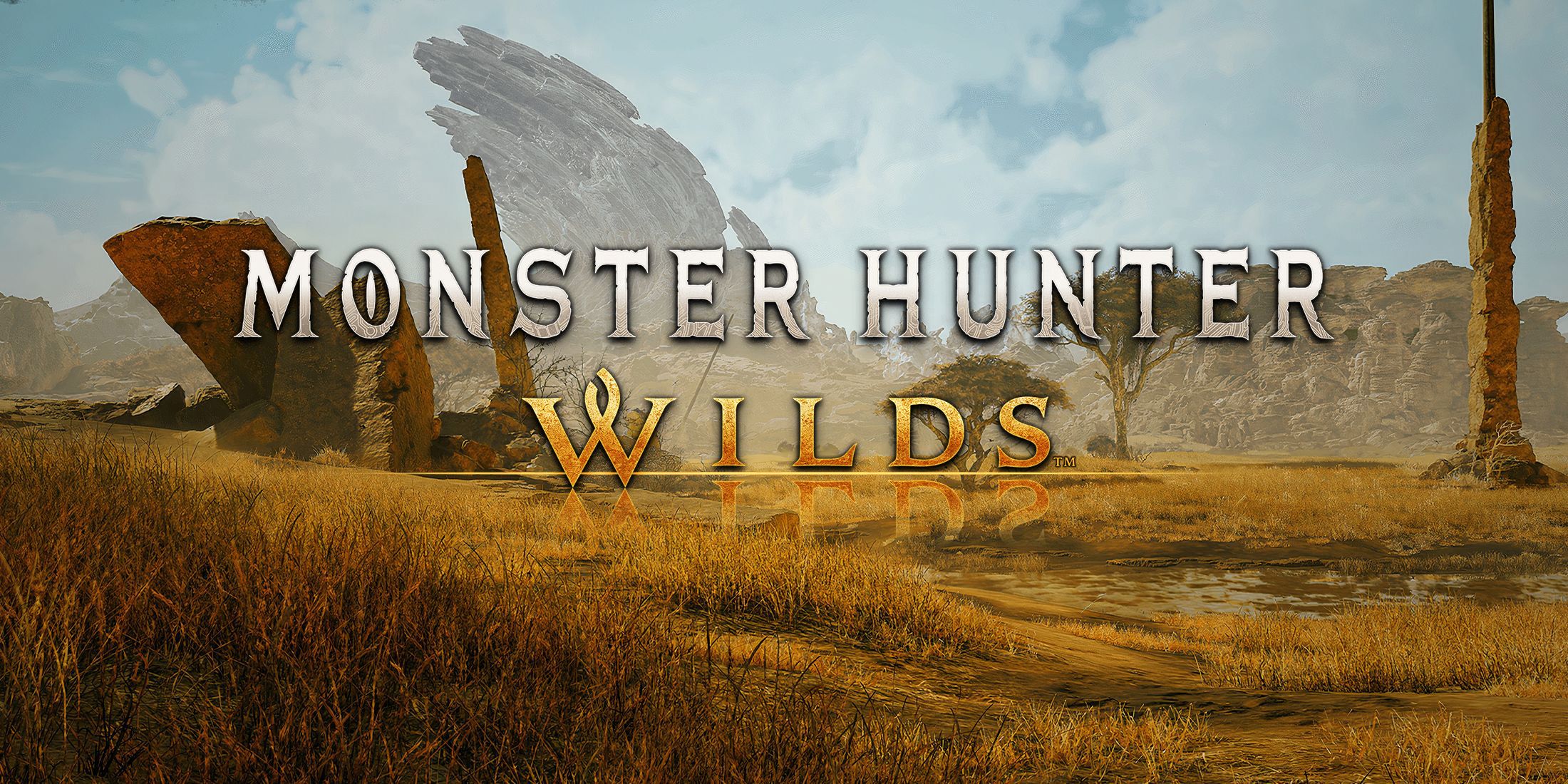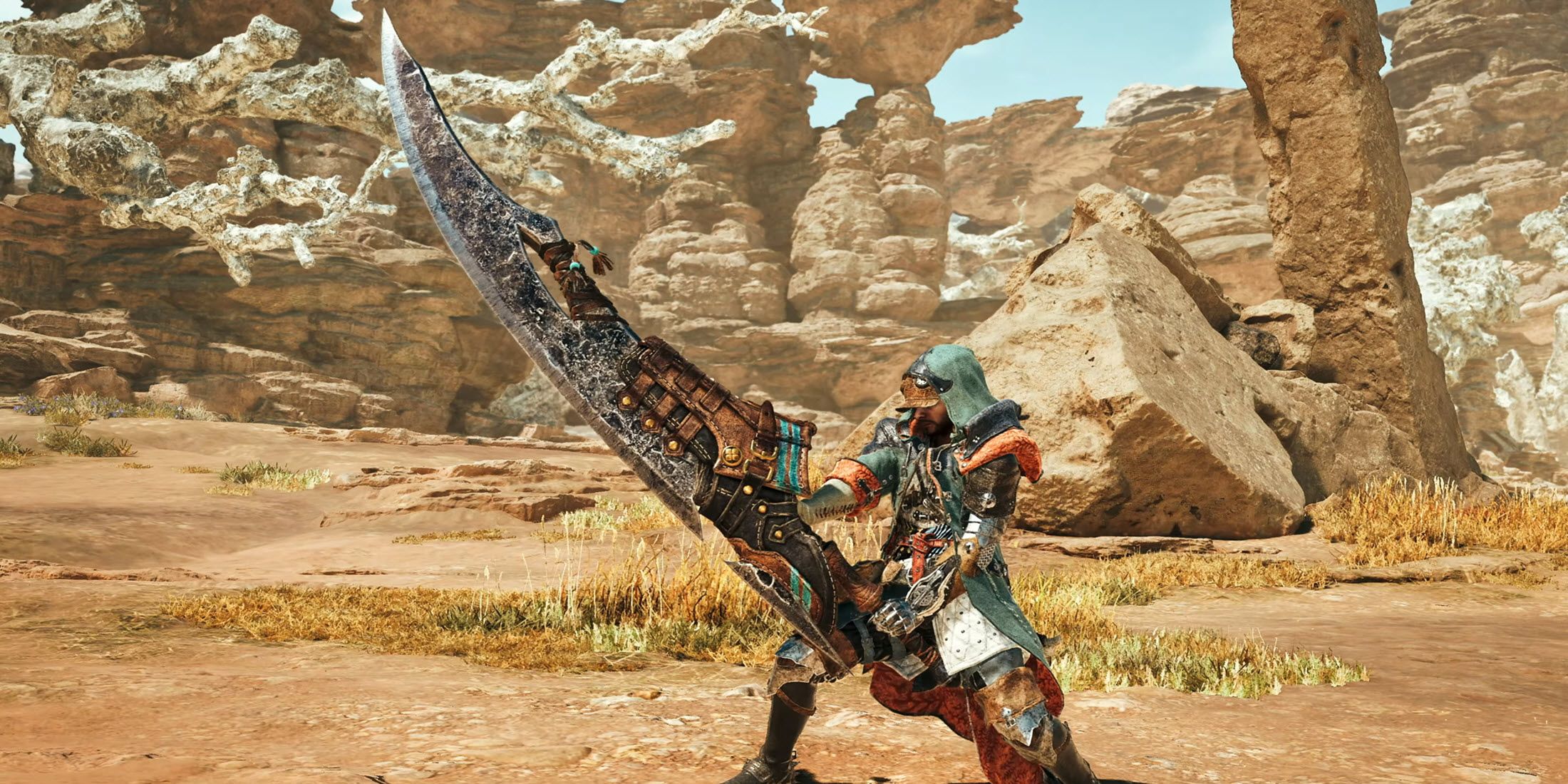It is only February, yet 2025 has already begun at full speed. This trend is common in the video game industry, as publishers have turned this period into a second Christmas for several years now. Not only does it help alleviate the year-end holiday crunch, but it also provides a final sales boost for their fiscal year ending in late March. We have been quite fortunate with back-to-back releases such as Dynasty Warriors Origins, Civilization VII, and Kingdom Come Deliverance 2, and we eagerly await the arrival of Yakuza Like a Dragon Hawaii, Avowed, and of course Monster Hunter Rise, which is the subject of today’s discussion. Luckily, I had the chance to replay Capcom’s game several months after the gamescom preview last summer. This time, it was 5 hours of gameplay on unseen sections that weren’t showcased in the betas.
OPERATION SEDUCTION
What elements have been tailored for American and European audiences in Monster Hunter Rise to attract a wider audience? One key aspect is the story and narrative, which Capcom highlighted during their recent hands-on session. Traditionally, Monster Hunter has focused on gathering friends online—up to four players—to hunt large monsters with increasingly unique weapons within a fictional world where pirate ships sail through deserts. For long-time fans of the series, an intricate plot with compelling characters and a cohesive narrative is not essential. However, the changes introduced in the World installment demonstrated that it was possible to rejuvenate the player base.
In Monster Hunter Rise, the storyline centers around Nata, a young boy approximately twelve years old, and Arkveld, a newly introduced creature in this iteration of the game. Resembling the Gore Magala, Arkveld is covered in a gray shell that evokes images of stone, with scales and fur adding texture to its appearance. This is a creature one would generally avoid if they are sensible, as Nata suggests, and it has been implicated in the massacre of his people from the forbidden lands. Following the destruction caused by Arkveld, which wiped out Nata’s entire family lineage, he is rescued and taken under the care of our hunter and their guild. The guild promises to protect him while also pursuing a mission to find and confront Arkveld—vengeance might be satisfying, but battling a new creature and exploring new locations offers even greater excitement. Consequently, Nata plays a central role in this narrative shift, although Capcom has also allocated significant importance to other main characters.
NARRATIVE-DRIVEN
With the aim of offering a crafted narrative and a game rhythm tailored to this story, Capcom made several changes, beginning with dividing the game into chapters. In Monster Hunter Wilds, players no longer need to return to camp after each major battle; instead, they can now set up a makeshift camp anywhere, complete with fast travel options for added convenience. The goal is to make progression smoother and more natural, aligning with Capcom’s desire to infuse the game with an organic feel. Monster Hunter Wilds also aims to enhance exploration by eliminating vast open areas of little interest; every modeled piece must be highlighted, especially given the level design efforts by Capcom’s teams to create terrains with relief, sometimes even verticality. Naturally, when introducing a creature as captivating as the Seikret, it is essential to provide it with an appropriate environment that showcases its abilities. I mentioned this in my October preview: the Seikret, which resembles a mix between a Raptor and a Chocobo, represents a significant innovation for the series. Not only has its modeling and movements been meticulously crafted, but the Seikret also adapts to terrain with incredible agility, enabling it to climb almost anywhere. Even better, thanks to its small wings, it can glide short distances, ensuring daring leaps without risk of injury upon landing.
However, the Seikret has another role, equally important and changing our perspective on hunting, as it now involves going into battle with two weapons, significantly altering gameplay perspectives. This not only adds variety but also disrupts the traditional approach to hunting within the game. For Capcom, this aligns with their goal of appealing to a broader audience by avoiding restrictions that limit players to using just one type of weapon. While this concept was previously present in World and Rise, it is more streamlined and integrated into Wilds, emphasizing the idea that equipment defines one’s playstyle. There are no skill trees or stat points to allocate; instead, armor pieces are crafted to enhance abilities, improving attack, defense, and enabling faster weapon sharpening during combat. Here, it is clear that the weapon shapes the hero’s capabilities, not the other way around.
STEEMING UP THE GAME
In Monster Hunter Rise, the traditional 14 iconic weapons from the series are included, and dedicated fans will recognize which type of weapon suits their playstyle best. For newcomers joining the game, this aspect is important to consider. Depending on your preferences, you can choose lighter weapons that offer quick movements but deliver minor or moderate damage, or opt for heavier two-handed weapons that significantly slow down movement but deal substantial damage per hit. A new mechanic in Monster Hunter Rise is Focus mode, which enables more precise targeting of creatures to reveal vulnerable areas or injuries, thereby tiring them out faster. This feature requires mastery, as there’s no monster health bar to gauge their condition; players must rely on Focus Attacks, concentrated strikes aimed at weaknesses or injuries for heavy damage. If assistance is needed during solo play, AI-controlled partners can be summoned using a distress flare and will arrive after several minutes.
However, it is notable that your teammates will not merely make a token appearance; they actively participate in battles, allowing you the opportunity to retreat, gain distance, tend to wounds, sharpen weapons if necessary, or strategize for more effective monster hunting. The environment significantly influences how monsters are handled, adding both consistency and variety to combat scenarios. Weather mechanics also play a crucial role in hunting activities, as creature behavior and difficulty levels vary based on environmental conditions. Hunters can utilize each location effectively, sometimes setting traps or using terrain advantages to gain an edge. This organic open-world approach contributes to a more cohesive gameplay rhythm.
Our anticipation for Monster Hunter Wilds builds upon the foundation laid by Capcom with World in 2018, presenting a more mature game with expanded possibilities while moving closer to a solo narrative experience. Longtime fans can be assured that team hunting remains significant, yet there is a clear intention to evolve the franchise to appeal to a wider audience. We are now looking forward to detailed technical information, such as graphics quality, frame rate, and various gameplay options. The RE Engine enhances Monster Hunter’s visual credibility, though the use of a brownish filter in certain areas and during night sessions may be somewhat off-putting; we will reserve judgment until after completing our full test, which is anticipated to occur shortly.
Have any thoughts?
Share your reaction or leave a quick response — we’d love to hear what you think!



